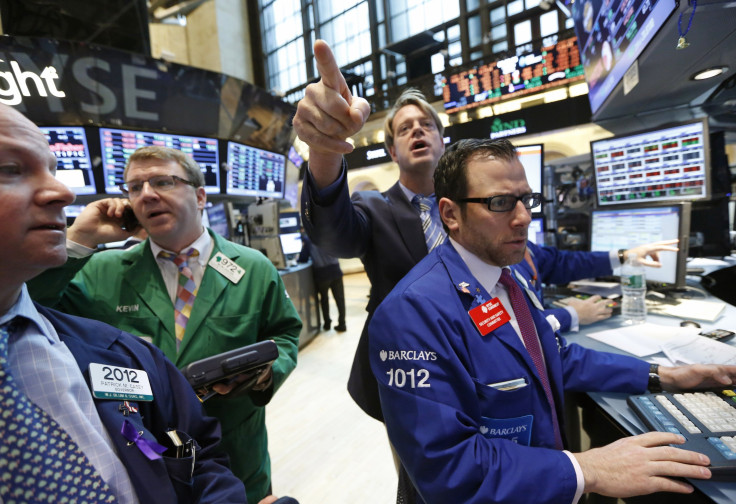US Treasury Bond Sell Off Is “For Real," Says Goldman Sachs In Client Note

Goldman Sachs Group (NYSE:GS) analysts said Friday that a broadly expected mass sale of U.S. Treasury bonds is now happening.
Three key factors prompting the sale of Treasurys are shifts in economic growth forecasts, watchfulness over the pace of Federal Reserve bond purchases, and uncertainty about Japan's “Abenomics” policy.
In Goldman Sachs' research report entitled "The Bond Sell-Off: It’s For Real," the analysts note that they had argued at the end of April that rallies in the bond market would gradually wind down.
More than 80 percent of bond funds holding more than $500 million lost money in May, according to Reuters.
“10-year Treasury yields should currently be trading in the upper half of this range -- i.e., between 2.1% and 2.5% [where it's been since summer 2011] -- taking into account the decline in systemic risks and the brightening U.S. economic outlook,” the analysts wrote.
The yield on 10-year Treasurys hit 2.235% on Tuesday/Wednesday (overnight,) its highest mark since April 2012, according to Reuters. Higher bond yields translate to lower bond prices.
The Goldman Sachs analysts predicted that the Federal Reserve’s purchase of bonds, in a scheme of quantitative easing geared to inject more cash into the economy, will slow down in the first half of 2014.
Recent improvements in the U.S. economic outlook have led to heightened speculation and trading in recent weeks, as investors question exactly when and how the Federal Reserve will dampen its monthly purchases of $85 billion in debt.
Investors who hold bonds will be watching the news, the Fed and the markets closely this week, according to CNBC. Investors holding bonds with long durations stand to lose the most, according to analysts.
The Goldman Sachs analysts also found that the U.S. bond market has once again become more sensitive to fresh economic data, switching from its relatively insular nature during the second half of 2012.
© Copyright IBTimes 2024. All rights reserved.












